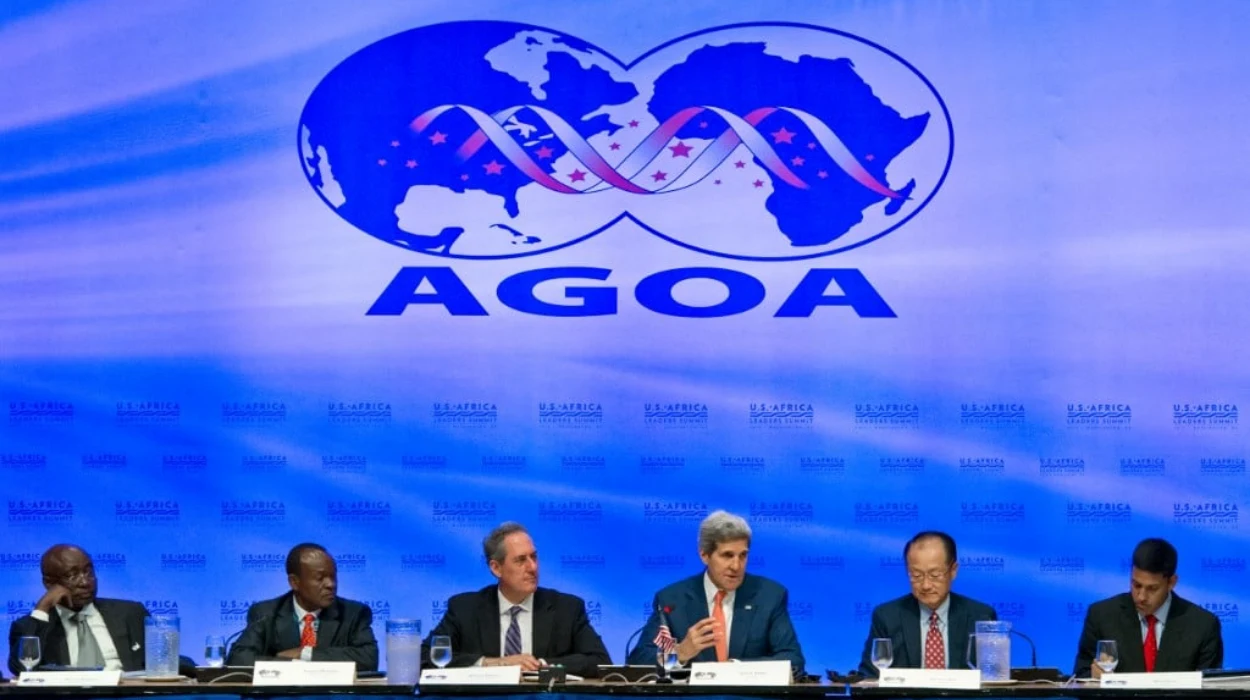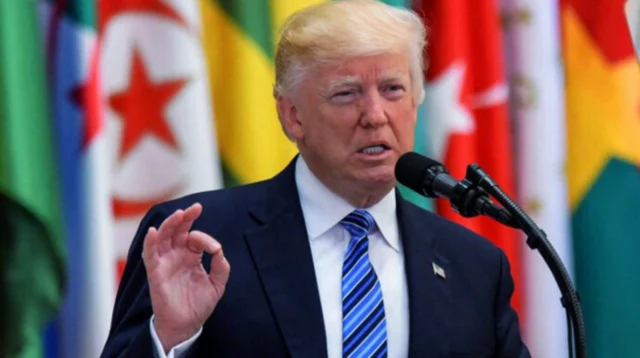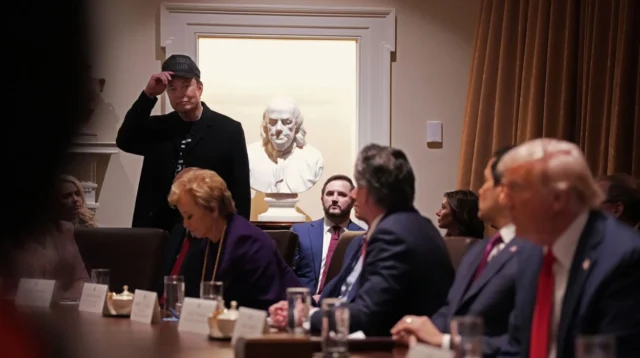The African Growth and Opportunity Act (AGOA) has been the driving force of the U.S.- Africa trade relations since its introduction in 2000 by offering duty-free access to the U.S. market to eligible sub-Saharan African countries. The law encompasses over 1,800 product lines that allow the diversification of the economy, job creation and increased export capacities within the continent. By 2025 the U.S. export to the sub-Saharan African region was more than fourteen billion dollars a year, or more than two times the amount before AGOA.
Important industries that are covered by AGOA encompass medical goods, machinery, textile and agriculture. African sales of finished agricultural products and apparel, especially, have gone up tremendously under the duty-free regime. The U.S. manufacturers have, in turn, enjoyed the benefits of larger markets in machinery, vehicles and food products. American employment in the states like Michigan and North Carolina particularly in the agricultural and automobile industries can be directly related to AGOA-enabled trade.
As the existing law would lapse on September 30, 2025, there has been a lot of worry within the diplomatic and business circles. According to the stakeholders, the reintroduction of tariffs averaging 15% may shatter the supply chains and undo the years of development gains. Although 32 African countries still remain eligible, only 18 actively use AGOA preferential trade, which demonstrates inconsistencies that renewal arguments are currently trying to solve.
Geopolitical Dimension And U.S.-China Rivalry In Africa
The discussion about AGOA renewal is part of the wider-strategic calculus, especially the changing U.S.-China competition of influence over Africa. The Chinese trade with the continent has been growing at a very high pace, of over 250 billion per year, more than the U.S.-Africa trade. The strategic competition is also highlighted by the fact that Beijing has invested in the African infrastructure, energy and digital sectors.
One of the Trump-era national security advisors recently referred to AGOA as the U.S. best soft power instrument in Africa. This framing makes the Act appear to be more than a trade mechanism but instead a larger geopolitical engagement approach. The availability of African rare earth and other vital minerals to American manufacturers is considered to be crucial to defense supply lines, electric vehicles, and semiconductors.
Another bill, sponsored in April 2024 by Senators Chris Coons and James Risch, is the bipartisan AGOA Renewal and Improvement Act which proposes an extension until 2041. Though the introduction is an indication that legislatively, Africa has been appreciated based on its strategic value, the progress of the policy has been slow. This tardiness is dangerous in appearing to be disengaged particularly as Russia and China deepen bilateral collaboration and economic accords with African countries.
Economic And Social Impacts Of AGOA To Both Regions
To African economies, AGOA helps in supporting both formal and informal jobs in various sectors. In Lesotho, e.g. the textile sector which comprises approximately 45% of overall export depends heavily on AGOA entry. Approximately thousands of employees who mostly are women will be at the risk of losing their jobs in case the law is not renewed. Whilst there are informal talks to indicate a one-year temporary extension, there are no binding agreements thus making business planning and economic stability problematic.
AGOA has also been economically helpful on the U.S. side. SMEs have benefited with new trade opportunities, particularly on agricultural exports. A lot of American companies consider AGOA as a growth-based approach that can also increase American competitiveness in the developing markets. Also, it lowers reliance on other economies that are the main suppliers of essential imports, as alternative sourcing is enhanced.
In spite of the advantages of AGOA, the problem of underutilization is acute. A limited number of eligible countries make use of the full potential of duty-free access. The poor infrastructure, unavailability of trade facilitation services and uneven governance institutions are all barriers that interfere with effective participation. These systemic problems demonstrate that renewal cannot be considered sufficient, but the support of infrastructure and capacity-building reforms is also important.
Political And Legislative Challenges In Renewing AGOA
Domestic political gridlock has been creating a roadblock on the way of AGOA renewal. The continuation of AGOA has been supported by the Biden administration, but there is still little action in terms of actual policy. Bilateral trade talks like the much-anticipated Strategic Trade and Investment Partnership (STIP) talks with Kenya have failed, and this has weakened confidence in the U.S. trade interests in Africa.
The AGOA Renewal and Improvement Act in the congress is a stride, although it might not pass since it is blocked by the procedures and other legislative priorities. Foreign trade policy has been overtaken by fiscal debates, defense spending and election year dynamics even in situations where strategic interests are involved.
Diplomats in Africa and business executives in America have both urged that action be taken at an accelerated pace. They say that not only does delay jeopardize the continuity of trade, it puts the credibility of the U.S. under siege. Some African countries have already been seeking contingency measures to extend their relations with other partners such as China, the European Union and the Gulf states in case of disruptions.
New Directions And Future Prospects Beyond AGOA
Going forward, both African and U.S stakeholders are considering means of modernizing AGOA and increasing strategic scope. Officials of the African Union stress that AGOA is supposed to be linked with the objectives of the African Continental Free Trade Area (AfCFTA), which aims at integrating markets within Africa and decreasing the dependence on external trade.
American policy-makers have been thinking of reforms that would incorporate AGOA into larger investment models. These can be improved digital trade provisions, renewable energy collaboration, strengthened labor and environmental standards. It is also looking at infrastructure financing especially in transport and logistics to resolve the ongoing bottlenecks that restrict the scaling of trade.
New fronts of economic cooperation include such emerging fields as clean energy and digital innovation. The development finance efforts of the U.S, such as the BUILD Act and Prosper Africa, are being aligned to supplement the trade access offered by AGOA with investment in capacitance creation and entrepreneurship. Also, African SMEs have been a priority target of the U.S. International Development Finance Corporation, DFC, where it has earmarked long-term capital infusion (Sen, 2007).
Strategically, AGOA renewal offers an option to continue to develop U.S-Africa relationships further than transactional trade, to facilitate governance reforms, transparent institutions, and involvement of civil society. Mutual benefit must be ensured so that responsive policy instruments can respond to the changing economic environment of Africa and not just to the challenges but also to the opportunities of the African demographic boom.
The lapsing of AGOA in 2025 is a challenge to the U.S. involvement in Africa. Its renewal is not only the commitment to maintaining access to the markets but also the renewal of the interests to the common prosperity and partnership. With China, and other players in the world, escalating their roles, the United States would have to choose whether to solidify its presence by enacting modernized and updated laws on time, or be rendered irrelevant to a region that will be at the heart of global expansion in the future.





